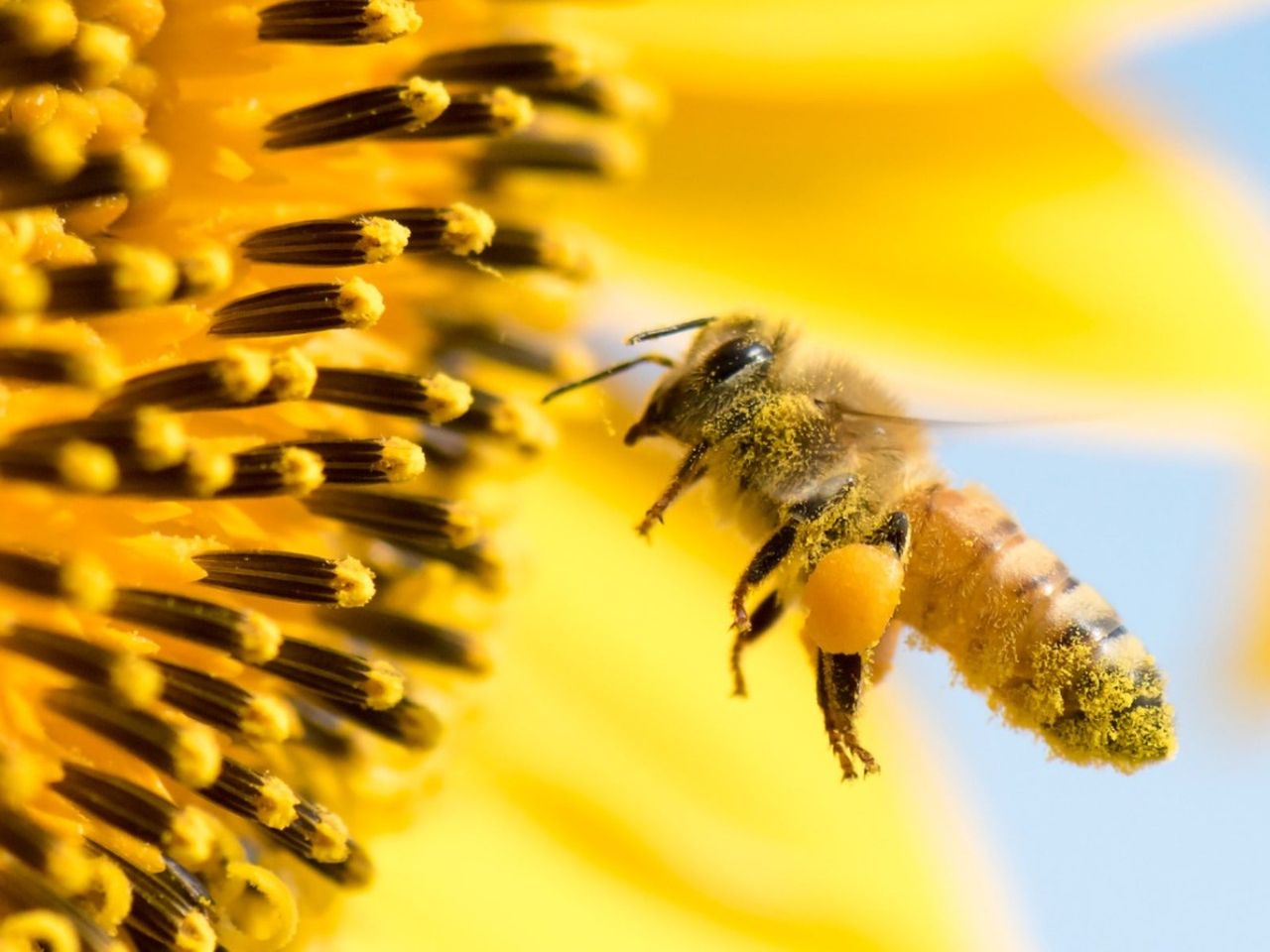Gardening For Bees In Nebraska And West North Central Region

Bees are as important to our existence as the air we breathe and the water we drink. Unfortunately, due to a variety of factors, bee numbers are on the decline. Gardeners of all regions can help, but for the purposes of this article we will focus on the West North Central U.S. and Nebraska pollinator gardens. Read on to learn how to entice South Dakota bees, butterflies of Wyoming, and various types of bees in Montana.
About Bees of the West North Central United States
Habitat, nectar, and pollen are the three requirements for bee existence. Chemical controls of all types as well as decimation of natural habitat have contributed to the bee's decline.
As a gardener you can do something to help by incorporating a pollinator garden and/or simply dotting your landscape with pollinator friendly plant species. That said, grouping pollinator plants is best as it gives different types of bees a variety with differing bloom times, and it makes habitats easier to find and more protected than a single plant specimen.
To attract these beneficial insects, you not only need to have the above mentioned requirements, but must also consider the needs of the young. One of the great imperatives of a species is to procreate, and bees and other pollinators are no exception. When planting to attract pollinators be sure to consider and include host plants; plants that provide nesting sites, food, and shelter for eggs, larvae, and pupae.
Type of Bees in North Dakota
Bumblebees are the most commonly seen type of bee in North Dakota. Unfortunately, two types of bumblebee that are native to the northern U.S. from the Dakotas eastward have declined rapidly due to habitat loss—those are the Rusty Patched bumblebee and Yellow-banded bumblebee.
Long-horned bees run a close second with over 30 species found in North Dakota alone.
Other bee species found in North Dakota include Small and Large Carpenter bees, Sweat bees, Squash bees, Polyester bees, Masked bees, Cuckoo bees, Mason bees, Leaf Cutter bees, and Miner bees. There are also over 30 species of Long-horned bees. Most of these bees are found throughout the United States.
Gardening tips, videos, info and more delivered right to your inbox!
Sign up for the Gardening Know How newsletter today and receive a free copy of our e-book "How to Grow Delicious Tomatoes".
Of course, you will also see wasps, yellow jackets, and hornets but although they look similar to bees, they are so different biologically they’re classified in different orders. Plus, wasps are carnivores that feed on meat, not nectar and pollen.
Butterflies of Wyoming
Pollinator gardens may not only attract a variety of bees, but other pollinators as well such as flies, wasps, moths, butterflies, and even some birds.
Wyoming has a dearth of butterflies and moths that call the state home. Of course, there is a Wyoming butterfly as well as an American lady, cabbage white, common buckeye, common wood-nymph, coral hairstreak, Eastern tailed blue, hackberry emperor, mourning cloak, Phydiodes tharos, question mark, red admiral, and white admiral.
There are a number of different swallowtail butterflies like the black swallowtail, Eastern tiger, giant, pipevine, two-tailed, and Zebra swallowtail. There are also various fritillary including Aphrodite, great spangled, gulf, and variegated fritillary.
There are over 4,000 species of bees native to North America. The above listing is just a drop in the bucket—and for a bee the division between state lines is just a quick flight so you may see the California bumblebee in Nevada or the Nevada bumblebee in California. At any rate, fill your garden with native bloomers such as milkweed, Liatris, black-eyed Susan, blanketflower, coneflower, wild bergamot, and butterfly weed to attract your bee friends.

Amy Grant has been gardening for 30 years and writing for 15. A professional chef and caterer, Amy's area of expertise is culinary gardening.
